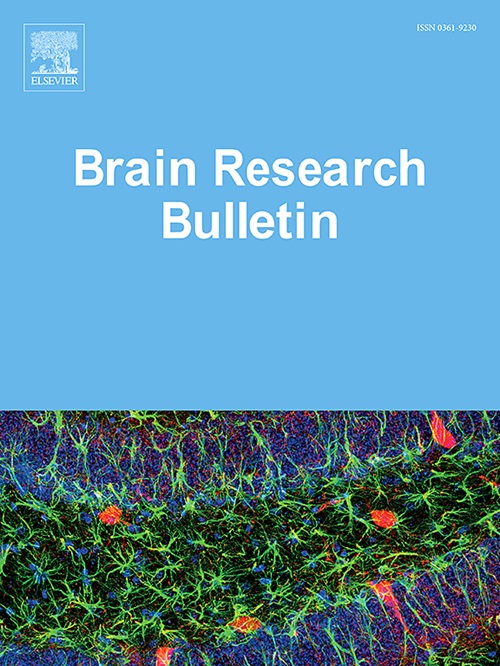语音成分分析治疗失语症的研究综述。
IF 3.5
3区 医学
Q2 NEUROSCIENCES
引用次数: 0
摘要
在广泛的失语症治疗中,语音成分分析(PCA)是一种众所周知的替代方法。对PCA治疗PWA的疗效研究进行了系统回顾,以提取治疗相关和参与者相关的特征,综合近期和长期结果,并评估PCA研究的方法学质量(PROSPERO预注册CRD42024552047)。针对中风后失语症的成人实验研究,主要关注PCA的疗效。将PCA与其他治疗方法相结合的研究,涉及神经退行性疾病患者,没有疗效测量,或在学位论文、论文和会议论文中被排除。最后一次检索EBSCOhost平台和原始PCA论文的引用是在2024年11月。共选择13项研究,涉及89例PWA。参与者中风后至少6个月,其中75%的人表现为布罗卡氏症或失语症。根据单例实验设计量表(Single Case Experimental Design scale), PCA疗效研究的质量相对较高(平均8.6±1.0,范围7-10)。图片命名在PCA后立即达到74%的PWA(58/85),在维护阶段达到55%的PWA(38/71),至少达到一个小的效应大小。37%的参与者(22/59)对未经训练的项目进行了概括。总的来说,PCA在大多数PWA中导致了积极的结果,这通常是特定项目的。由于实验设计具有高度的异质性,因此需要进一步研究PCA的最佳目标人群、理想剂量分布、驱动改善的关键成分及其神经相关性。本文章由计算机程序翻译,如有差异,请以英文原文为准。
A systematic review of Phonological Components Analysis therapy studies for aphasia
Among the wide range of anomia treatments for persons with aphasia (PWA), Phonological Components Analysis (PCA) is a well-known alternative. A systematic review of PCA efficacy studies for PWA was conducted to extract treatment-related and participant-related characteristics, to synthesise immediate and long-term outcomes and to assess the methodological quality of PCA studies (PROSPERO pre-registration CRD42024552047). Experimental studies on adults with post-stroke aphasia focusing on the efficacy of PCA published in English were included. Studies combining PCA with other treatment approaches, involving people with neurodegenerative disorders, without efficacy measures, or in dissertations, theses, and conference papers were excluded. The EBSCOhost platform and citations of the original PCA paper were last searched in November 2024. In total, thirteen studies were selected involving 89 PWA. Participants were at least 6 months post-stroke, and 75 % of them presented with Broca’s or anomic aphasia. The quality of PCA efficacy studies was relatively high according to the Single Case Experimental Design scale (mean 8.6 ± 1.0, range 7–10). Picture naming improved to reach at least a small effect size in 74 % of PWA (58/85) for trained items immediately after PCA and in 55 % of PWA (38/71) in the maintenance phase. Generalisation to untrained items occurred in 37 % of participants (22/59). Overall, PCA led to positive outcomes in the majority of PWA, which were often item-specific. As experimental designs were highly heterogeneous, further research is needed to better understand the optimal target population for PCA, the ideal dosage distribution, the key ingredients driving the improvement, and their neural correlates.
求助全文
通过发布文献求助,成功后即可免费获取论文全文。
去求助
来源期刊

Brain Research Bulletin
医学-神经科学
CiteScore
6.90
自引率
2.60%
发文量
253
审稿时长
67 days
期刊介绍:
The Brain Research Bulletin (BRB) aims to publish novel work that advances our knowledge of molecular and cellular mechanisms that underlie neural network properties associated with behavior, cognition and other brain functions during neurodevelopment and in the adult. Although clinical research is out of the Journal''s scope, the BRB also aims to publish translation research that provides insight into biological mechanisms and processes associated with neurodegeneration mechanisms, neurological diseases and neuropsychiatric disorders. The Journal is especially interested in research using novel methodologies, such as optogenetics, multielectrode array recordings and life imaging in wild-type and genetically-modified animal models, with the goal to advance our understanding of how neurons, glia and networks function in vivo.
 求助内容:
求助内容: 应助结果提醒方式:
应助结果提醒方式:


